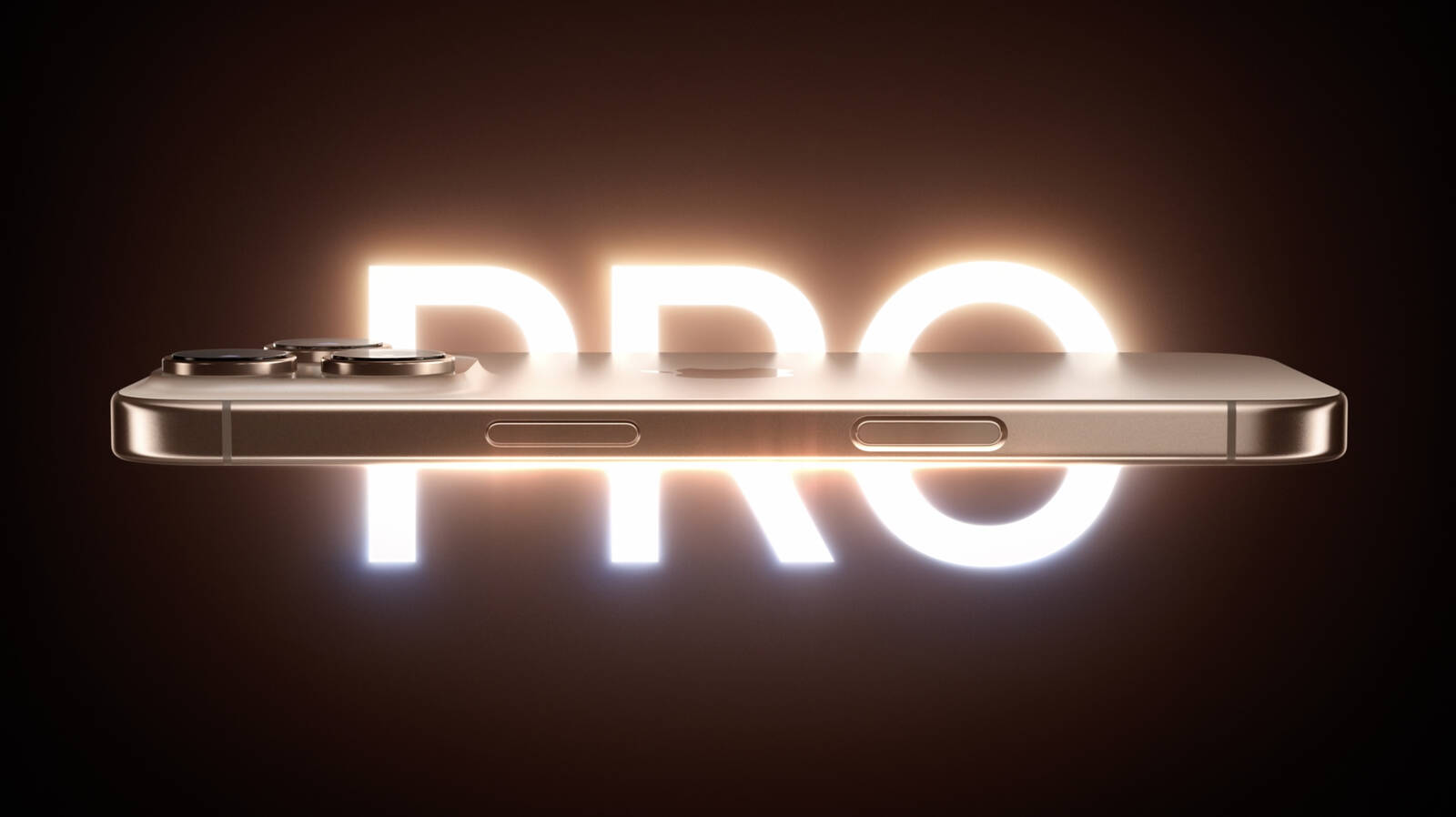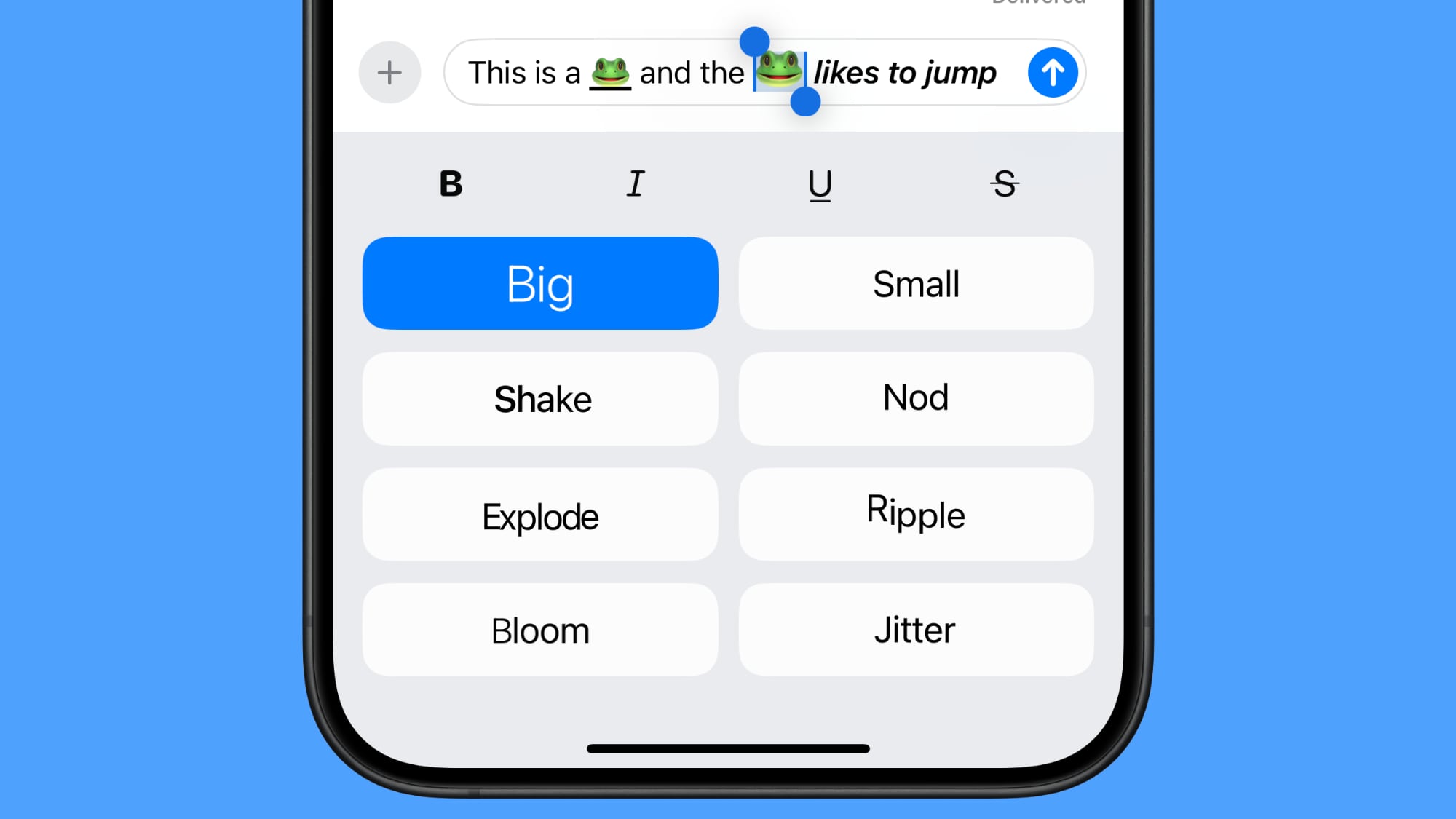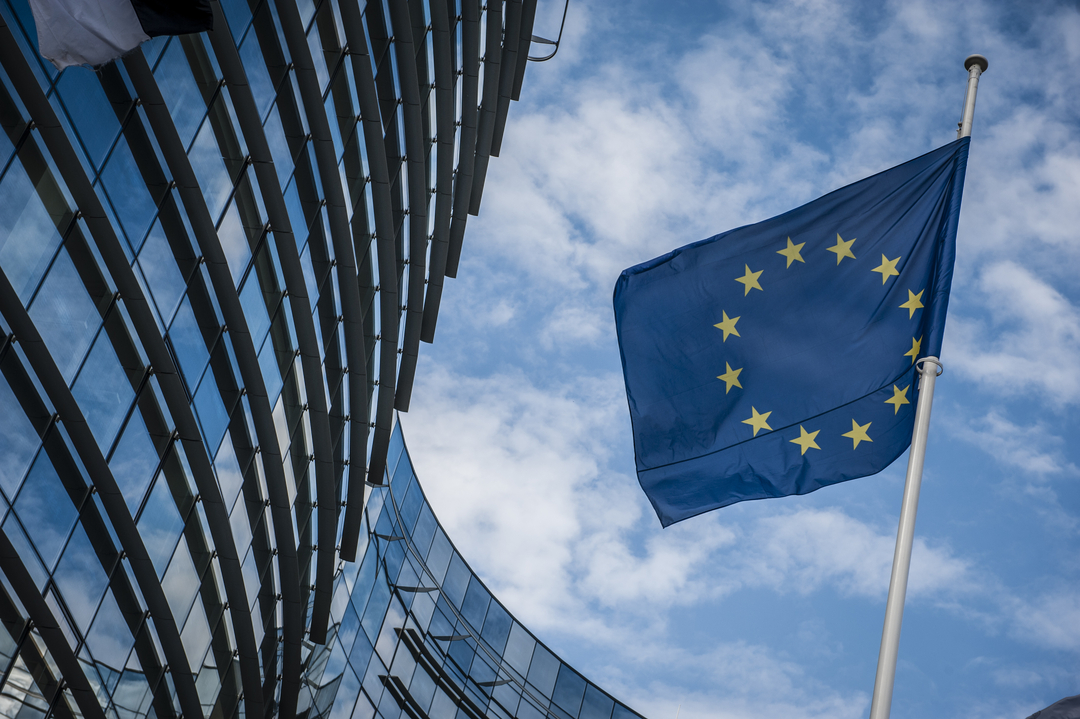iPhone 16 Pro Reviews: Iterative Upgrades… For Now

[[{“value”:”The first reviews of the iPhone 16 Pro and iPhone 16 Pro Max were shared today by select media outlets and YouTube channels, ahead of the devices launching on Friday. Also check out our iPhone 16 and iPhone 16 Plus review roundup.
iPhone 16 Pro and Pro Max models feature 6.3-inch and 6.9-inch displays, respectively, up from the 6.1-inch iPhone 15 Pro and 6.7-inch iPhone 15 Pro Max. Other new features include a Camera Control button, an A18 Pro chip optimized for Apple Intelligence, a 48-megapixel Ultra Wide camera, support for 4K at 120 FPS video recording, longer battery life, faster charging over MagSafe, and improved microphones.
Reviews
The Verge‘s Nilay Patel on the Camera Control:
It’s pretty fun to flip the phone on its side and shoot with the button like a normal camera, although the physical button is a bit stiff — a few Verge staffers found themselves moving the phone slightly when pushing all the way down to take a photo, although I thought it was fine.
I found myself accidentally opening the camera a lot at first since I’m left-handed and the button is placed where my fingers tend to rest when I hold the phone. You can set it to require a double-click, and that solved the problem for me. You can also set the button to open third-party camera apps; it works well with the new version of Halide that’s been updated to support that functionality.
He concluded that the Camera Control is not a huge improvement:
Overall, the button is very nice to have, but that’s about it right now — as it exists today, it’s not a huge improvement over shooting photos with any other iPhone.
He believes the iPhone 16 Pro has only iterative upgrades at launch, with Apple Intelligence and more Camera Control capabilities coming later this year:As it exists today, it’s a remarkably iterative update to the iPhone 15 Pro — it’s hard to find reasons to upgrade from last year’s model. And I’m not at all convinced that it’s worth upgrading to the 16 Pro from older Pro models just yet, either — the Camera Control and Action Button are nice, but not game changing, and unless you’re excited about dialing in the new Photographic Styles and the new tone control, you might find the even-brighter-and-flatter photos to actually be a step backward in photo processing.
The smaller iPhone 16 Pro fared well in Tom’s Guide‘s Mark Spoonauer battery-life test:
On the Tom’s Guide battery life test, which involves continuous web surfing at 150 nits of screen brightness, the new iPhone 16 Pro lasted 14 hours and 7 minutes, which is a big jump from the 10:53 from the iPhone 15 Pro, and enough to just crack our list of the best phone battery life.
While it was believed that the iPhone 16 Pro supports up to 45W wired charging, Spoonauer did not actually see any improvement during his testing.
Gizmodo‘s Florence Ion on real-world battery life:
For now, I can tell you the iPhone 16 Pro, with its smaller battery pack, performed impressively on a day out into the city. I still had 20% battery toward the end of my transit ride back to the car after six hours out and about with the AirPods 4 with ANC engaged in my ears. I also started the day with 83% on the iPhone 16 Pro, only to end up at 24% battery after seven hours of installing software, shooting photos, taking a phone call, listening to a podcast, and playing a little Apple Arcade.
Geekbench benchmark results already confirmed that the A18 Pro chip is up to 15% faster than the A17 Pro chip, as Apple advertised. iPhone 16 Pro models continue to have the fastest CPU in any smartphone, and that seems to be evident.
WIRED‘s Julian Chokkattu on performance:
These phones are powered by the A18 Pro chipset, which is far and away the most powerful smartphone processor according to my benchmark tests, easily blowing away much of the Android competition. It has one extra graphics core compared to the A18 in the iPhone 16, but the CPU cache sizes are larger, which means as a whole, the A18 Pro is still generally faster than the A18.
PetaPixel‘s Chris Niccolls touched on the iPhone 16 Pro’s new 48-megapixel Ultra Wide camera in his photography-focused review:
The ultra-wide camera has also been improved to a new 48-megapixel sensor with autofocus that can deliver decent macro capabilities with more detail than before. The aperture is the same as before at f/2.2. I like now having the option of 48-megapixel RAW files although, in real-world situations, the resolution does not match that of a standard Bayer pattern sensor at 48 megapixels. Oddly, Apple also decided not to implement the option for a 24-megapixel HEIF file, which it does have on the main fusion camera. The extra megapixels are unnecessary for social media applications but at least landscape and macro photographers can squeeze some more detail out of their RAW files.
He also touched on recording 4K video at 120 FPS:
On the video front, the headline addition is the ability to record up to 4K 120p with a very high-quality look thanks to ProRes Log. You can also retime the 120p footage down to 1/5 speed for a 24-frame-per-second timeline right on the phone and it will show it to you in real-time as it is rendering. Speed ramping can be done very simply within the same interface allowing for some dramatic looking slow motion shots.
Engadget‘s Cherlynn Low on the new “studio-quality” microphones:
For the most part, going to Cinematic or Studio modes from Standard resulted in a noticeable reduction in environmental noise. My favorite is Studio, which generally seemed to improve voice clarity as well, making people sound like they could be talking on a podcast.
Videos
This article, “iPhone 16 Pro Reviews: Iterative Upgrades… For Now” first appeared on MacRumors.com
Discuss this article in our forums
“}]]




